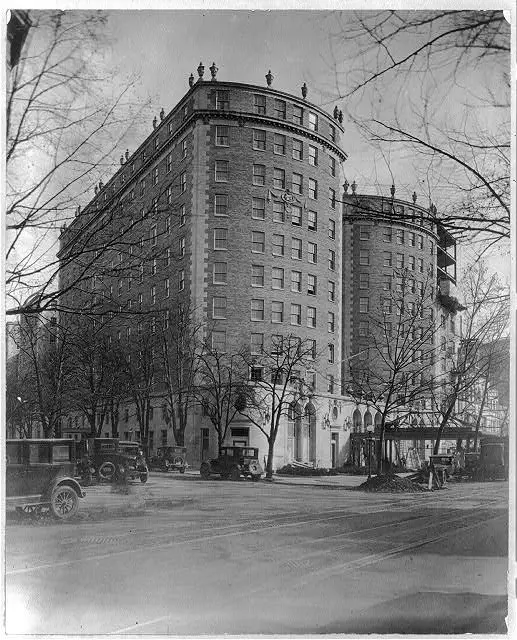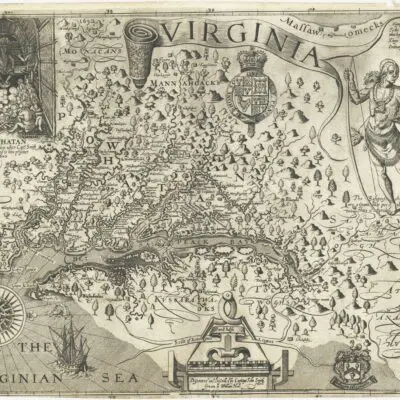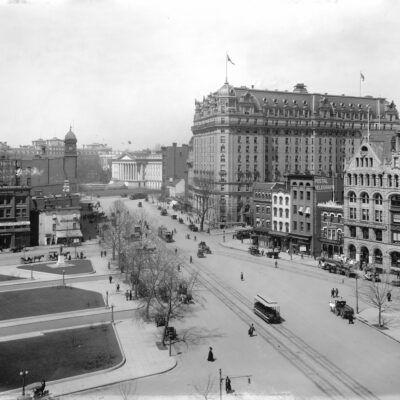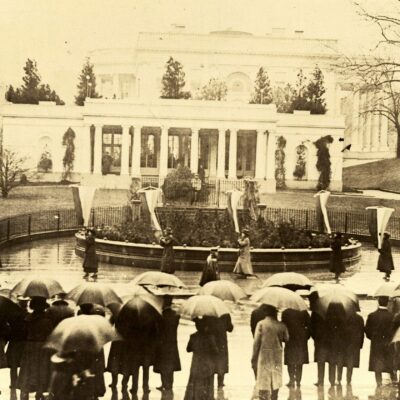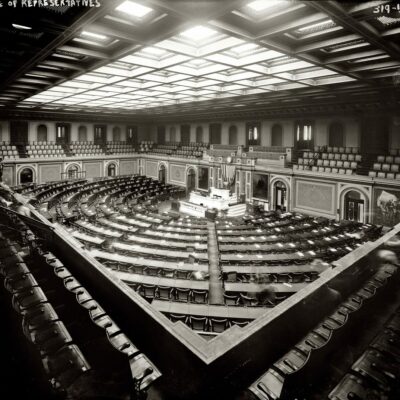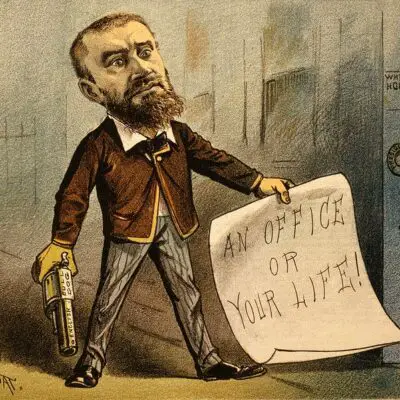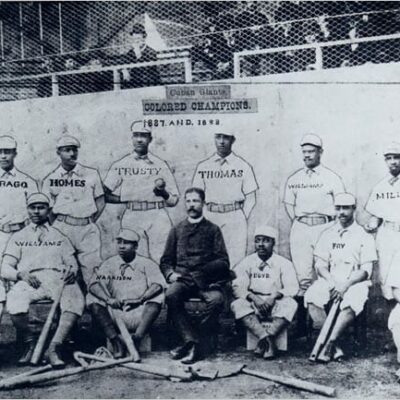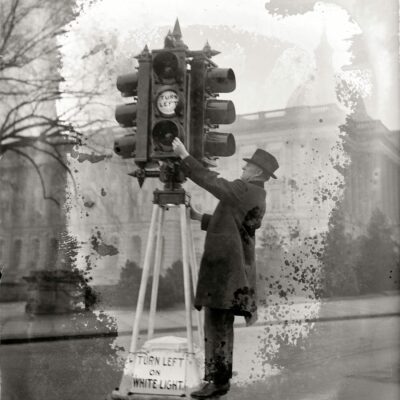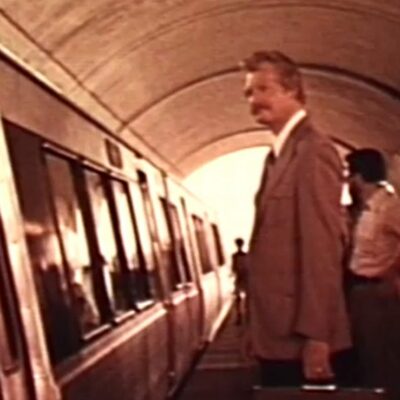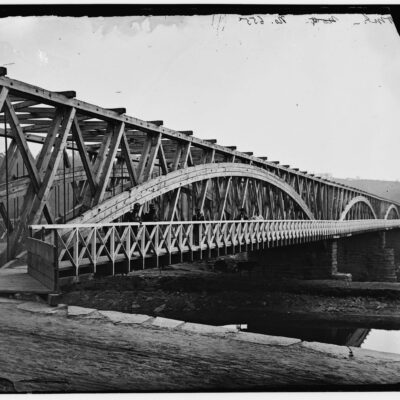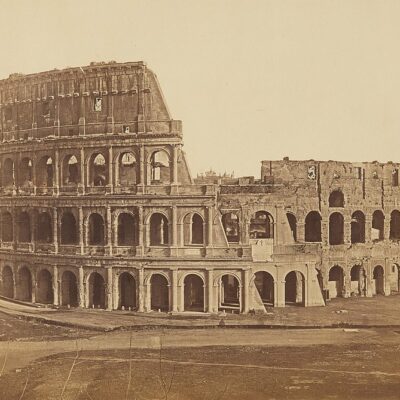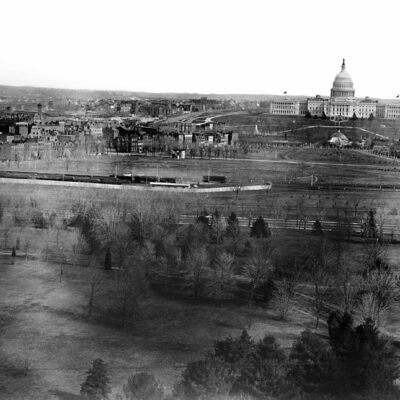This title is worthy of a big #WTF.
Posts like this are sadly some of the more popular ones. I don’t know if GoDCers are attracted to the macabre, but it sure seems that way. So here’s another one for “From the Crazy Vault.”
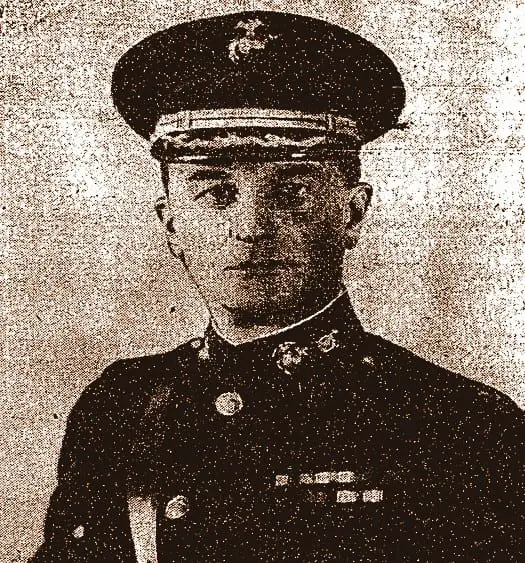
This is a crazy story of a military officer who shoots his wife while she was asleep and then kills himself with a gunshot to the heart. It was reported by the Washington Post on September 29th, 1930.
Lieut. Col. Richard B. Creecy, a prominent marine officer and a member of an old Washington family, committed suicide yesterday in the Mayflower Hotel by fireing a bullet into his heart after he had tried to kill his wife, Mrs. Louise Creecy, by fracturing her skill with a hatchet. She is near death in Emergency Hospital.
Blood transfusions were resorted to in Emergency Hospital last night in an attempt to infuse new life into the woman whose head had been hacked b the hatchet wielded by the marine officer. Her condition is regarded as serious. Three ugly gashes made by the hatchet were found on the back of her head.
-ad 197-Col. Creecy was found on the floor of the room. A bullet from a .38-caliber revolver had passed through his heart. By his body the pistol was found.
There was no motive for the suicide and attempted killing that could be found by the police. It was evident that the tragedy had occurred in the early hours of yesterday morning. Rigor mortis had set in on the body of the man when the discover was made. Mrs. Creecy had lain in a pool of blood between twin beds from the time her husband tried to slay her until twelve hours later when the hotel employes found her.
Okay, that’s crazy. Rigor mortis? Pool of blood … twelve hours? Holy crap.
The hotel management had been attempting to call the room to request permission for their daily cleaning, of course to no avail. There was a “Don’t Disturb” sign on the door and the couple was left alone for quite some time. Eventually, the maids were able to access the room, and to their horror, found the body of Col. Creecy laying dead on the floor and Mrs. Creecy on the verge of death between the beds in a pool of blood.
Each of the couple was in underclothes.
All Mrs. Creecy’s garments were drenched with blood. On the left breast of her husband a gaping wound was found where the bullet had entered. Powder burns were found on his underwear.
On the “Don’t Disturb” sign a notice was found, written in ink, which read, “Call J. L. Reifsnider at Westminster, Md.” It had evidently been written by the hand of the officer.
As reconstructed by the police, Mrs. Creecy had evidently been assaulted while she slept. There was no sign of any disorder in the room. None of the occupants of adjacent rooms heard any evidences of a struggle or any shots.
It was patent, said the police, that Mrs. Creecy was lying on the bed when her husband struck her on the back of the head with the hatchet. It had evidently been purchased recently. The three gashes ran almost perpendicularly on her skull. They were made by the cutting edge of the instrument.
-ad 199-
Let me add that this story does not get any sunnier. This is one of the more gruesome ones (although I spared you the gory details of the plunge down the Washington Monument elevator shaft).
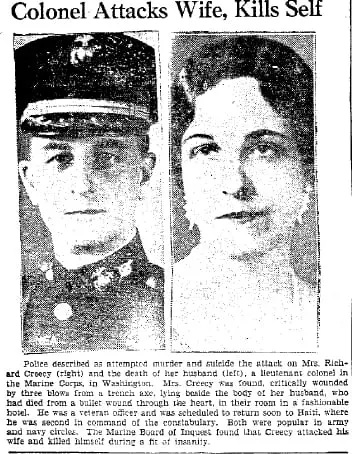
The story goes on to say the colonel believed his wife was dead, and then took his own life in quite a narcissistic way.
It is likely, the police said, that Col. Creecy faced a mirror in the bathroom when the [sic] sent bullet into himself. He had aimed the weapon at his heart.
On his right hand were blood splotches. On the hammer of the revolver other bloodstains were found where he had touched it to bring it back for single action firing.
For those of you not familiar with firearms — I am not, so I had to look this up — single action means the gun has to be cocked prior to each shot being fired.
In the chamber of the gun one exploded shell was found and four unfired cartridges. One chamber was empty. Acting Coroner Joseph D. Rodgers, after examination of the body, said that death had probably been instantaneous. He issued a verdict of suicide. No inquest was deemed necessary by him.
Scanning further down the article, I came across a holy sh*t moment … I didn’t write a post on this, but I mentioned it in the HuffPost interview several weeks back.
… At one time he was commandant of the Marine Barracks here. In 1909, when the Wright Brothers made their airplane tests at Fort Myer, Creecy flipped a coin with Lieut. Selfridge, U. S. A., after whom Selfridge Field, Mich. is named, for the privilege of going up with Orville Wright.
Selfridge was killed in the flight. Creecy had thought himself unlucky when he lost. The story of the incident still lives in military circles here.
Wow. That’s a crazy connection. And by the way, if you didn’t read that HuffPost article, the reason it’s really crazy is that Lieut. Selfridge was the first fatality in an airplane crash in history.
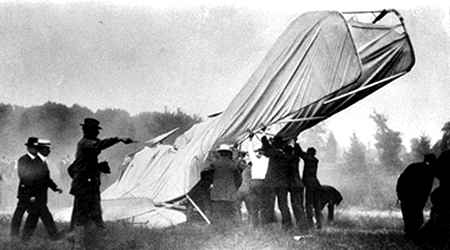
He was from a prominent local military family, and his father had served in the navy during the Civil War. Not only that, but he had briefly attended the Naval Academy in Annapolis prior to the outbreak of war, being appointed to the Academy by President Lincoln and the senatorial recommendation of Jefferson Davis! Seriously? That’s bizarre. I can’t make this stuff up.
His father, Col. Edward W. Creecy, was originally from Louisiana. There’s a slightly lighter side to the article, mentioning the moment Lincoln appointed Edward to Annapolis.
This letter, with others, Creecy’s mother presented to the Northern President when she applied for an appointment for her son. Lincoln read it and laugher, making out the appointment, but warned her not to say on whose recommendation her son was being appointed to the Naval Academy. “We need more young men from that part of the country,” he said.
-ad 607-
Not to get too far off topic with this bizarre tale … poor Mrs. Creecy ended up succumbing to her wounds several days later.
Sadly, it wasn’t terribly clear what the motive was for this brutal murder and subsequent suicide. Creecy was seen that afternoon in a nearby restaurant, appearing either “drunk or crazy.” The colonel was about to return to his post in Haiti with his wife and had only checked into the Mayflower on September 23rd. It was also made public that he had seen a physician for several years for “complaints indicating possibility of insanity.”
Ultimately, after an investigation by the Navy Department, and announced Rear Admiral David F. Sellers, judge advocate general, Creecy was deemed sane at the time due to “lack of material evidence of insanity” and therefore “the deceased must be held sane at the moment of taking his life.”
The report went on to conclude that the murder and suicide were the “result of his own misconduct.”
Richard Creecy is buried in Arlington Cemetery (Section 7, Site 8341). His wife Louise is not. She rests with her parents in Westminster Cemetery, Carroll County, Maryland.
